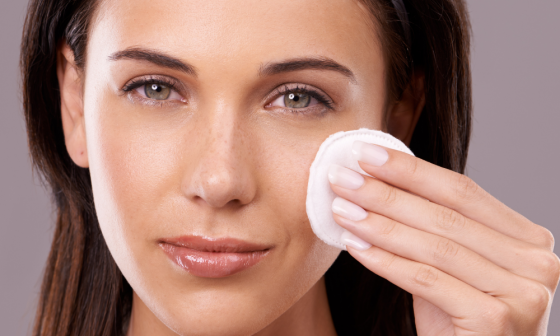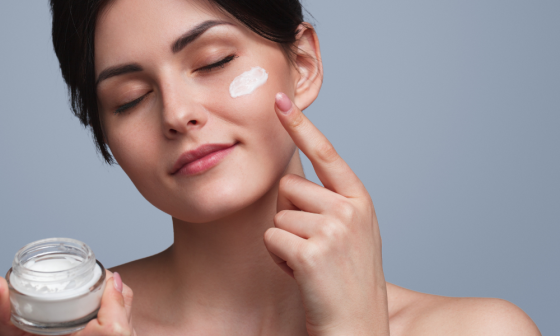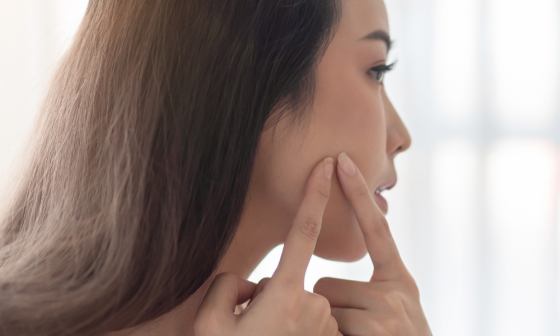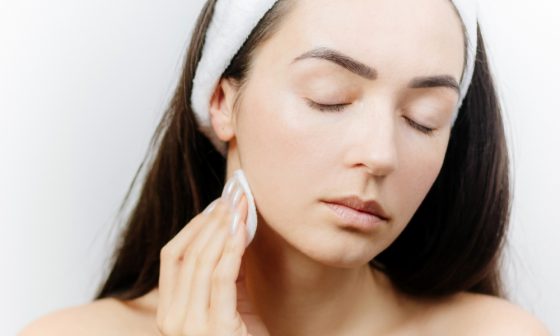From common causes to the best home remedies, here’s everything you need to know about milia and how to get rid of them. Milia are small, white bumps that form on the skin as a result of pores clogging with sebum and dead skin cells. They typically appear on the face, but can also develop around the eyes, mouth, and nose. Some milia can be dangerous if they become infected or rupture, so it’s important to identify and treat them right away if they show up on your skin.
What are they?
So, what exactly are milia? These tiny little white pimples are actually cysts found on your skin. They’re often confused with acne because they look a lot like whiteheads and blackheads. However, unlike acne, milia form when keratin becomes trapped beneath your skin’s surface—which explains why they can often take months or even years to clear up! If you want to know how to get rid of milia once and for all, read on…
When do I need to see a doctor about milia?
Though milia is a common and harmless skin condition, that doesn’t mean it should be left alone. With milia, especially if around the eyes, or if for some reason it has become inflamed or infected, it can result in complications if they aren’t taken care of properly. So, if you have painful or inflamed milia that last for more than 24 hours or aren’t clearing up after two weeks, see your dermatologist.
On the whole milia does not need to be treated by a doctor, although you may prefer to see a dermatologist for appearances only. Avoid picking at your skin if you have milia; it can irritate and inflame them further, potentially leading to scarring.
How to get rid of milia
Be mindful with any at home treatments of what area you are treating, always read the label to ensure any product is safe to use under the eyes as this area is incredibly delicate.
Steaming
Steam helps soften dry, dead skin cells on your face and encourages blood flow, which means it increases oxygen supply to your skin cells. By opening up pores and helping break down debris, it’s a great way to prepare your skin for exfoliation.
Exfoliating
Exfoliation helps get rid of dead skin cells and milia so you can reveal newer, smoother skin underneath. It also increases blood flow and circulation to give you more even-looking complexion.
There are various levels and intensities of exfoliants, from sea salt scrubs and facial exfoliators to chemical exfoliants, often labelled as AHAs (alpha hydroxy acids), BHAs (beta hydroxy acids), or PHAs (polyhydroxy acids). This is a class of ingredients that works by dissolving cells on your skin’s surface.
Rosewater and manuka honey
Rosewater is a traditional skin care ingredient that’s used for its anti-inflammatory, antiseptic, and antibacterial properties. It can help calm irritated or dry skin so it’s less reactive. It also helps remove excess oil and grease.
Retinoids
Retinoids are a class of chemicals that help stimulate skin cell turnover. They work by speeding up cell growth and helping remove dead cells from your skin’s surface. This makes them an effective exfoliant for treating milia, as they can help unclog pores and get rid of dead skin cells that have built up around milia.
How to get rid of milia under eyes
One way you can combat milia under eyes is with a natural scrub. Simply mix sugar, honey and lemon juice and rub gently in a circular motion around your eyes. This will help exfoliate dead skin cells and remove excess oils, leading to soft and clear skin. A vitamin E oil patch can also work well for milia removal; simply apply it directly on top of your closed eyelids at night and leave it overnight for best results. Another option is to use an eye cream containing retinol or salicylic acid. These ingredients are effective at loosening up dead skin cells so they come off more easily. Again, ensure whatever product you use make sure that it is safe for use under eyes!






